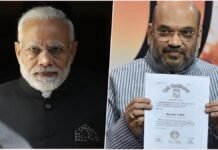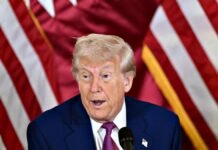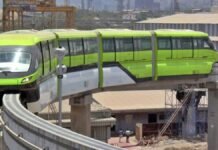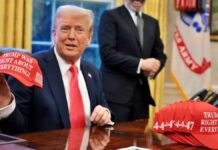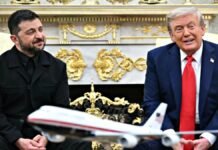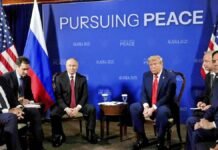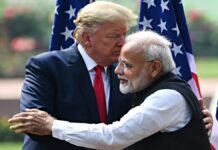
Key Points
- Partial Tariff Rollback: President Trump signed an executive order reducing the impact of the 25% tariffs on imported auto parts used in US-assembled vehicles.
- Industry Relief: US automakers will receive a 3.75% rebate on the sales price of domestically assembled vehicles for one year, lowering their tariff burden.
- Job Creation Focus: The move aims to protect American manufacturing jobs and encourage more domestic vehicle production.
- Ongoing Uncertainty: While automakers welcome the relief, they warn that broader policy clarity and further support are still needed.
- Global Impact: The original tariffs had sparked global trade tensions and fears of higher car prices and reduced US competitiveness.
Washington D.C.: In a significant policy shift, US President Donald Trump has signed an executive order easing some of the controversial 25% tariffs on imported vehicles and auto parts-a move designed to help American automakers struggling with rising costs and supply chain disruptions.
What’s Changing?
Under the new order, US-based carmakers who assemble vehicles domestically will benefit from a special “import adjustment offset.” For one year (April 2025–April 2026), manufacturers can claim a credit worth 3.75% of the Manufacturer’s Suggested Retail Price (MSRP) of all eligible vehicles they assemble in the US. This effectively reduces the tariff burden on imported parts that make up about 15% of a vehicle’s value.
In the following year, the rebate drops to 2.5% of the MSRP, reflecting a push for even greater US content in vehicles. The offset is only available for vehicles assembled in the US and can be distributed by automakers to their suppliers as well.
Why the Change?
The original 25% tariffs, imposed under Section 232 on national security grounds, had drawn sharp criticism from automakers, analysts, and global trading partners. Companies like Ford, General Motors (GM), and Stellantis warned that higher costs for imported parts would raise car prices, threaten US jobs, and make American products less competitive worldwide.
Industry groups and analysts projected that the tariffs could lead to billions in added costs, reduced sales, and even factory shutdowns. “These tariffs threatened to disrupt the entire US auto sector,” said one industry expert. “The relief is a lifeline, but uncertainty remains.”
Administration’s Rationale
President Trump and Treasury Secretary Scott Bessent emphasized that the new order is a “bridge” to help automakers transition to more domestic production and job creation. Trump stated, “We just wanted to help them during this little transition, short term. We didn’t want to penalize them.” The administration hopes the offset will incentivize carmakers to increase US-based manufacturing, research, and development.
Commerce Secretary Howard Lutnick called the move “a significant triumph for the President’s trade strategy by incentivizing companies that produce domestically”. The White House also plans to use tariff revenue to fund reimbursements to automakers, aiming to restore high-quality industrial jobs in the US.
Industry Response
GM CEO Mary Barra and Ford CEO Jim Farley both welcomed the relief, expressing gratitude for the administration’s willingness to listen to industry concerns and collaborate on solutions. “We are thankful to President Trump for his backing of the US automotive sector and the millions of Americans who rely on us,” Barra said. Farley noted the changes are “helpful” but called for a more comprehensive policy approach to fully support the US auto industry.
Stellantis and other major automakers echoed these sentiments, saying the relief will help them remain competitive and continue investing in American jobs.
What’s Next?
While the tariff relief is immediate, automakers and suppliers remain cautious. The industry continues to face overlapping tariffs on steel, aluminum, and other components, as well as global supply chain pressures. Many automakers are still evaluating the long-term impact and are urging the administration to provide greater policy certainty and further support for domestic manufacturing.
President Trump’s executive order offers much-needed relief to US automakers by reducing the effective tariff rate on imported auto parts used in domestic assembly. The move is seen as a response to industry pressure and aims to protect US jobs, encourage local production, and stabilize the auto sector amid ongoing global trade tensions. However, industry leaders stress that more comprehensive policies are needed to secure the future of American automotive manufacturing.




